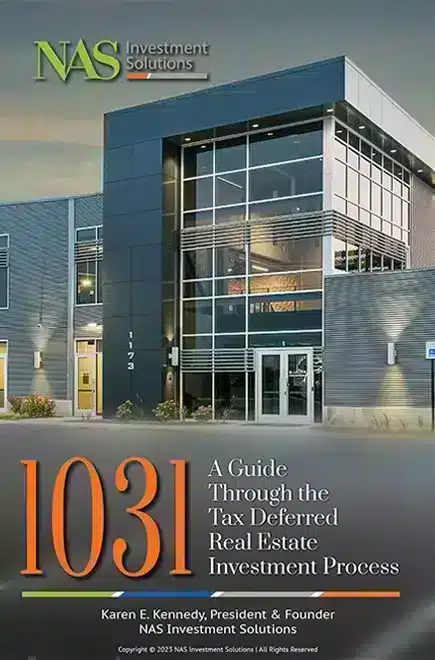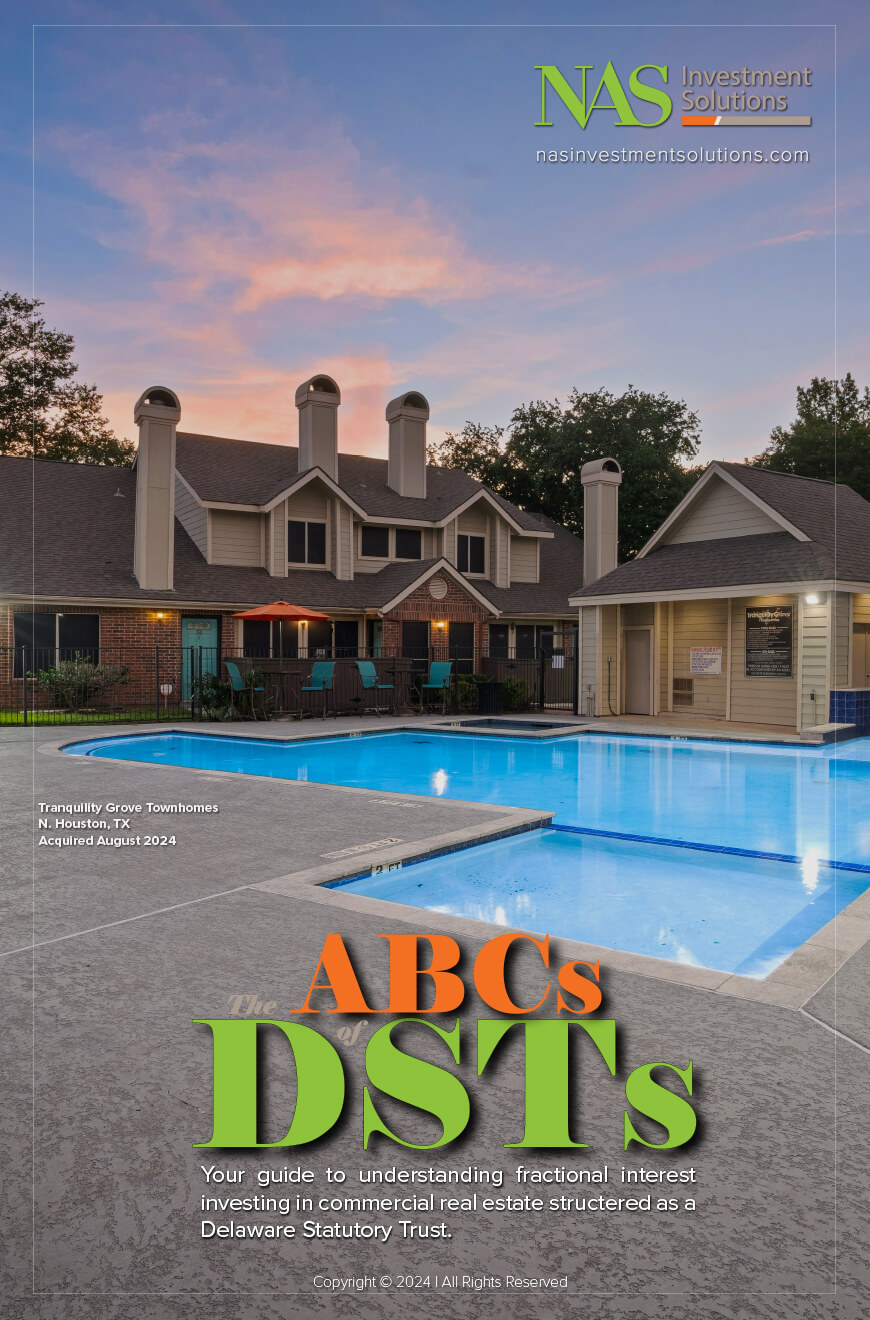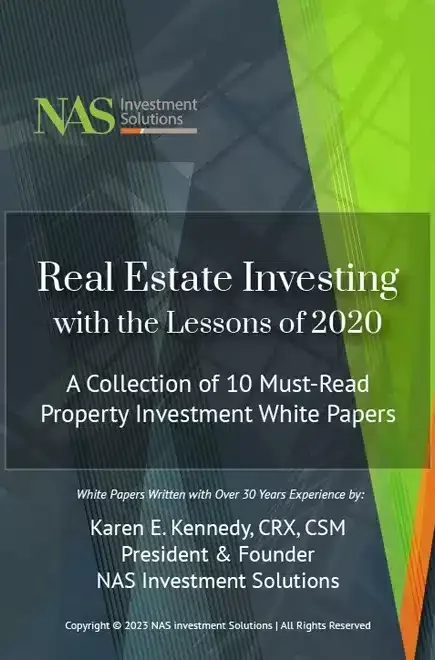What Is A Triple Net Lease Property?
Updated July 23, 2024
In commercial real estate no two leases are the same. The three general categories of commercial leases are gross, modified gross, and triple net (or NNN). But within these three categories leases can and do vary from one to another.
Sometimes the terms and conditions of a lease are adapted to fit the specific needs of the tenant. For example, a landlord may offer a variable monthly rent to a tenant whose business is very seasonal, such as a candy store that makes most of its sales over Valentine’s Day and the holiday season. The tenant pays a higher monthly rent during its busy seasons to offset the lower rent paid during the off season.
Other times a specific type of lease is used to minimize the items a landlord is responsible for and to pass through as much property expense as possible to the tenant, usually in exchange for a lower base rent. This type of lease is usually found with triple net leased property.
Three main types of commercial leases
Before discussing property with a NNN lease it’s important to understand the general differences between the three main types of commercial leases.
Gross leases
Under a gross lease the tenant pays one fixed monthly fee. That fixed rent includes the base monthly rent, utilities and services such as water, electric, and janitorial, and building operating expenses like property tax and insurance. Traditional office space in multi-tenant buildings and coworking space is often rented with a gross, all-inclusive lease.
Modified gross leases
A tenant renting space with a modified gross lease usually pays for its own utilities, janitorial, and general maintenance of the interior of its suite. The fixed monthly base rent includes operating expenses such as real estate property taxes and building insurance. Modified gross leases are often found in multi-tenant property such as retail shopping centers where the utilities can be individually metered.
Triple net leases
Triple net leased property does not include any ‘extras’ in the monthly rent. A NNN lease is oftentimes used for free standing property that is occupied by a single tenant, such as a bank building, fast food outlet, or a convenience store.
The Three Ns
The letter ‘N’ means “net of” or excluding. The fixed monthly rent a tenant pays is net of the three major operating expenses of a commercial building:
- Property taxes
- Insurance on the building to cover damage or vandalism
- Maintenance on the building, both interior and exterior, such as roof repairs, electrical and plumbing upkeep, and landscaping
How a Triple Net lease Works
Single tenant, free standing buildings and properties that are built-to-suit for a specific tenant by the landlord are normally rented out using triple net leases. The tenant is the only occupant of the property and pays for all the operating expenses of the building.
In this example we’ll assume the tenant and landlord have agreed to a fair market base rent – excluding any extras – of $5,000 per month. In addition to this the tenant pays for the building’s operating expenses.
- Monthly base rent = $5,000
- Property tax ($12,000 per year / 12 months) = $1,000
- Building hazard insurance / month = $500
- Maintenance (routine and as needed, est.) = $1,000
- Total monthly NNN rent = $7,500
The tenant also pays for the expenses related to its business, such as rental or use tax and liability insurance. Maintenance on the building can includes items such as weekly landscaping and janitorial, parking lot resurfacing and exterior painting, routine maintenance of electrical and plumbing systems, and replacement of HVAC systems when they become outdated.
The Difference Between the Net Leases
Everything is negotiable in commercial real estate leasing. Before purchasing a property, it’s important for real estate investors to ensure that the property really is rented out on a true NNN basis.
There are three types of net leases where the tenant pays the monthly base rent plus ‘extras’:
- Single Net Lease – property tax is paid for by the tenant
- Double Net Lease – property tax and building insurance are paid by the tenant
- Triple Net Lease – tenant pays for property tax, building insurance, building maintenance and repairs
Of these three types of net property leases, NNN is the most advantageous to the real estate investor looking for passive, long-term real estate investment with no management responsibilities.
Advantages to Investors and Landlords
A triple net lease property can be an attractive commercial real estate investment. Of the three real estate investment strategies – core, value-add, and opportunistic – a property with a NNN lease falls under the core strategy.
Income is stable and predictable with the building operating expenses and maintenance responsibility passed through to the tenant. This is why it is often nicknamed ‘coupon clipper’ property, because all the investor has to do each month is deposit the rent check.
The other aspect of a NNN lease to consider is in the event there is “leakage”…which means that in the language in a specific NNN lease the landlord has a limited exposure to certain expenses over the term of the tenant lease. These may include roof, HVAC, exterior site work for example. If there is no such exposure the lease is considered and often referred to an “absolute NNN lease.”
Tenant turnover is also lower. Leases on NNN property are usually longer-term and signed with higher-quality regional and national tenants, or established local franchise chains, so the risk of a tenant defaulting on its lease is greatly reduced.









